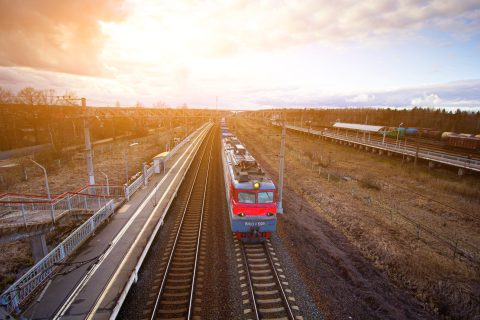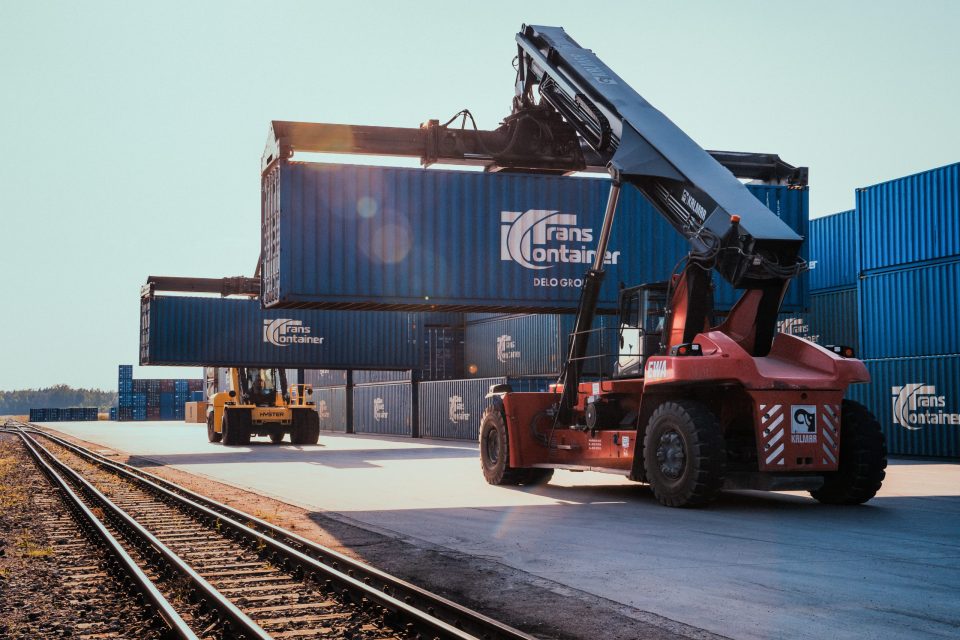Russian Railways (RZD) hopes for a successful 2024, which is expected to be achieved by the increase in the volume of cargo loading as well as the improvement of other key indicators of the company’s performance.
In 2023, cargo loading on Russian railways declined by 0,2 per cent to 1,232 billion tonnes on a year-on-year basis, contrary to initial expectations of the company and the Russian government of a 0,8 per cent growth.
In fact, the volume of cargo loading on Russian railways has been declining since October 2023, and most analysts expect this trend will continue in Q1 2024. Understandably, the trend does not correspond to RZD’s ambitions, which also include an impressively positive, yet questionably realistic, financial performance, given the challenges the company faces.
RZD’s expectations
For 2024, RZD plans to deliver cargo in the volume of 1,265 billion tons, which is 2,7 per cent higher than in 2023. The company claims that the planned growth for the current year will be primarily achieved by “expanding the capacity of Russia’s existing railway infrastructure”.
The loading growth is expected to be achieved both in the domestic market (by 0.5 per cent, to 817,5 million tons) and in the export direction (by 4 per cent to 447,9 million tons). Freight turnover will increase by 3,4 per cent to 3,43 trillion tonne-kilometers. According to RZD’s forecasts, most bulk cargo loading should also increase.
Reality check
In the meantime, most Russian analysts in the field of railways business believe the achievement of these figures will primarily depend on several factors, such as more active cooperation with shippers, as well as the problem of the lack of personnel, which in recent months has become highly pressing for Russia, which is also due to the ongoing military conflict in Ukraine.
Moreover, reports showcase that in 2024, Russia might face rolling stock shortages attributed to the reorientation of logistics routes, increasing the transportation range with limited railway infrastructure capabilities. The most complex situation is observed in the case of oil and gasoline tanks.
Situation with China, not the best possible
Last but not least is the situation between Russia and China. Russian analysts claim that the latest decision of RZD to deploy longer and heavier trains on the eastern part of Russian rail infrastructure bordering China has led to severe problems and jams on junctions with the railways of China and Mongolia.
Issues primarily affect the largest border crossing with China, the Zabaikalsk-Manchuria. The transit time for such long trains has increased significantly on the Chinese side. It appears that China has already sharply reduced its plan for receiving export trains from Russia, while about 80 trains with export cargo have already accumulated at the border. In this regard, delivery times will increase by an average of 25–30 per cent, which affects the attractiveness of rail transportation for customers.

